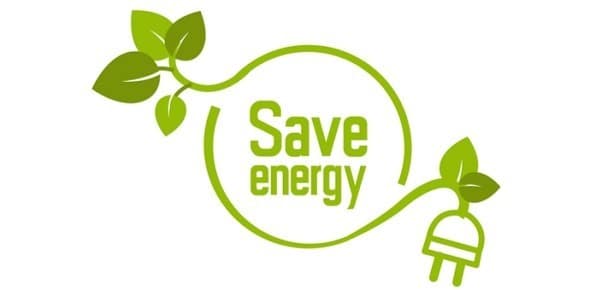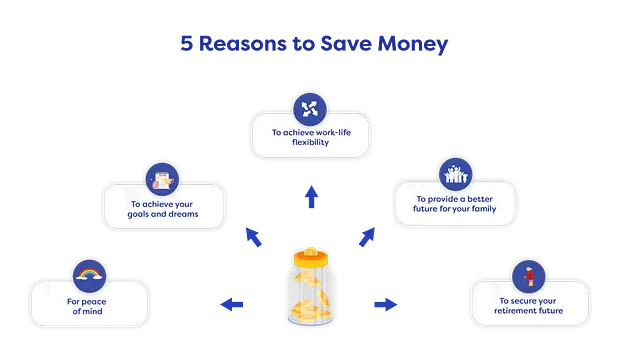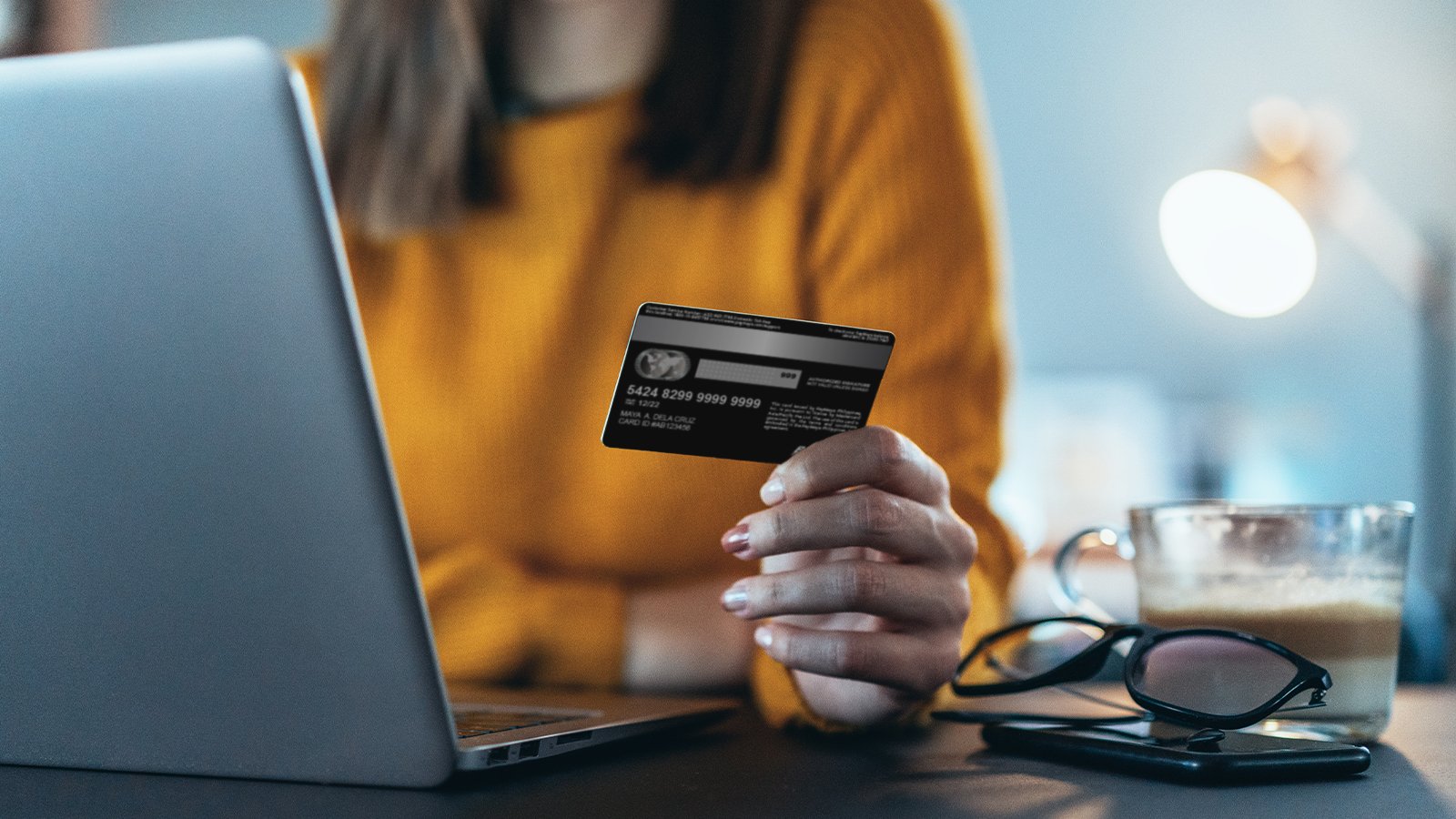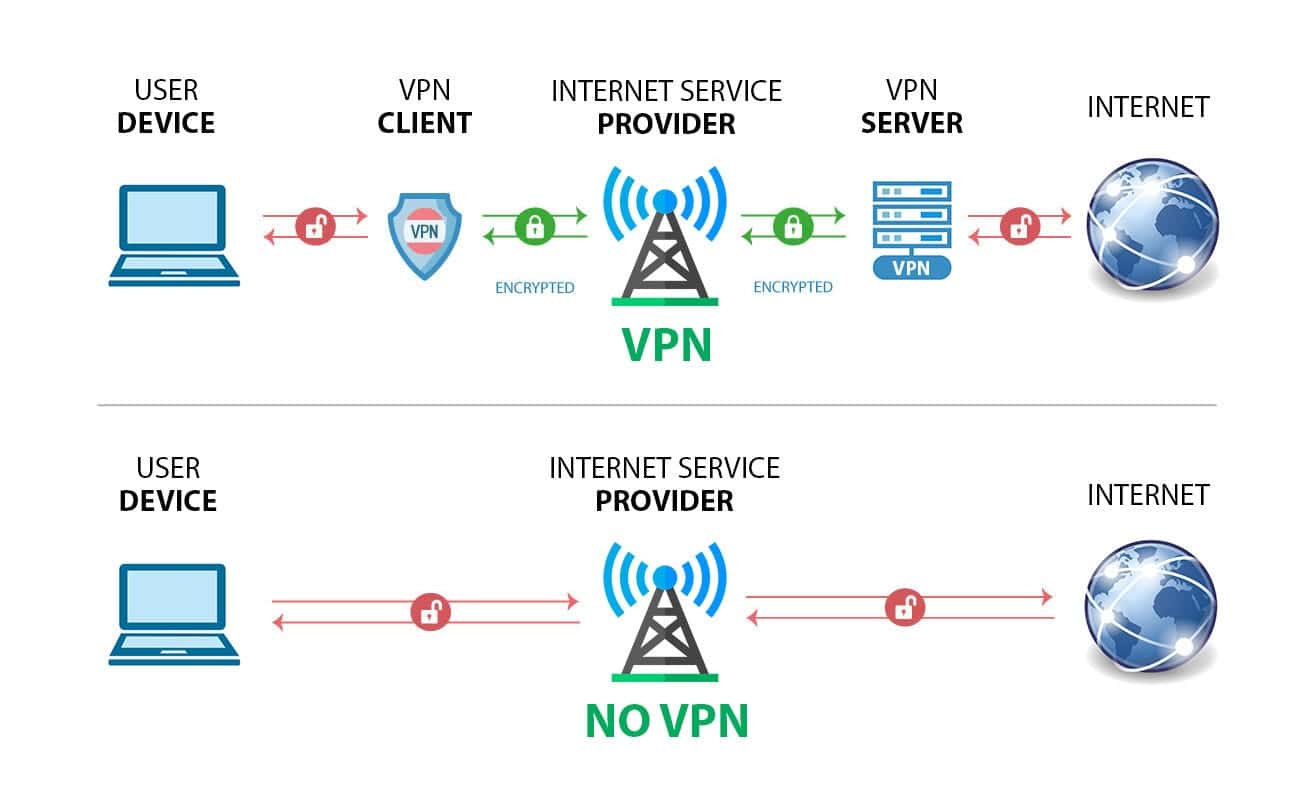Smart Moves to Lower Electricity Costs
Smart Moves to Lower Electricity Costs – Electricity bills can be a significant expense, but with a few smart habits and simple changes, you can take control of your energy consumption and save a substantial amount of money each month. Being more energy-efficient not only helps your wallet but also benefits the environment. Here are 16 practical tips to start lowering your electricity costs today.
1. Unplug Electronics and Appliances
Many electronics, like TVs, coffee makers, and phone chargers, continue to draw power even when turned off. This phenomenon, known as “vampire power”, can account for up to 10% of your energy bill. Get into the habit of unplugging devices when they’re not in use.
2. Use a Smart Power Strip
A smart power strip is a simple solution to the vampire power problem. It automatically cuts power to devices that are turned off or go into standby mode, ensuring they don’t consume any phantom energy.
3. Switch to LED Light Bulbs
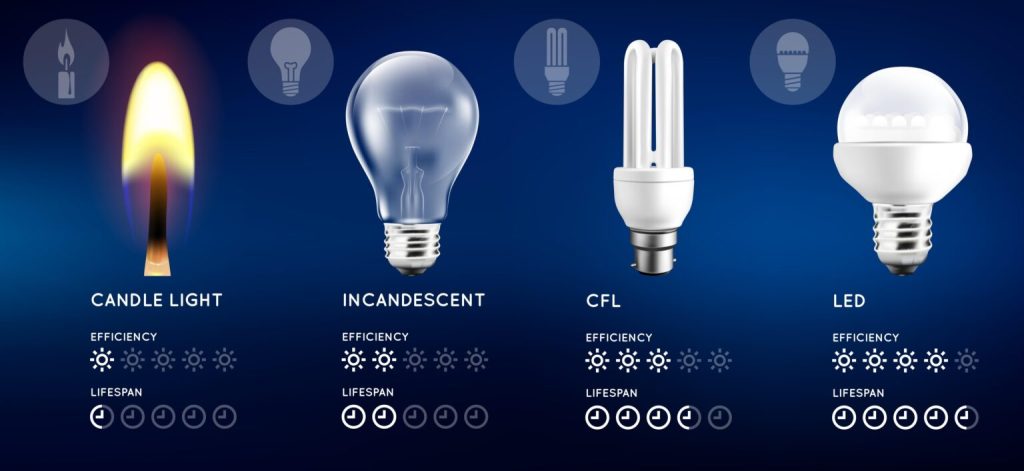
LED (Light Emitting Diode) bulbs use up to 80% less energy than traditional incandescent bulbs and last much longer. Although they have a higher initial cost, the savings on your energy bill and the reduced need for replacements make them a worthwhile investment.
4. Maximize Natural Light
During the day, open your curtains and blinds to let natural light flood into your home. This reduces the need to turn on electric lights and can significantly lower your lighting costs.
5. Run Full Loads of Laundry and Dishes
Washing machines and dishwashers use a significant amount of electricity, especially for heating water. To maximize efficiency, only run these appliances when you have a full load.
6. Air-Dry Your Clothes
Instead of using a clothes dryer, which is one of the biggest energy consumers in the home, hang your laundry on a clothesline or drying rack. This simple change can drastically reduce your electricity usage.
7. Adjust Your Thermostat
Lower your thermostat in the winter and raise it in the summer. A smart thermostat can automate this for you, learning your habits and adjusting temperatures to save energy while you’re away or asleep.
8. Seal Air Leaks
Check for gaps around windows, doors, and electrical outlets. Sealing these leaks with caulk or weatherstripping prevents heat from escaping in the winter and cool air from escaping in the summer, reducing the workload on your HVAC system.
9. Clean or Replace Your HVAC Filters
A dirty air filter forces your heating and cooling system to work harder, consuming more electricity. Replace or clean filters regularly, typically every 1-3 months.
10. Use a Microwave or Toaster Oven
For cooking or reheating small meals, a microwave or toaster oven is far more energy-efficient than a large conventional oven. They use less power and heat up much faster.
11. Cook with Lids on Your Pots
When cooking on the stovetop, always cover your pots and pans with a lid. This traps heat and helps the food cook faster, using less energy.
12. Use Fans to Circulate Air
In warmer weather, use ceiling or standing fans to circulate air. Fans cool people, not rooms, so be sure to turn them off when you leave. They use far less energy than an air conditioner.
13. Check for Dripping Faucets
A constant drip from a faucet or a leaking toilet can waste a significant amount of water. If you have a water heater, this means you’re wasting both water and the energy used to heat it.
14. Boil Only the Water You Need
When using an electric kettle, only fill it with the amount of water you actually need. Boiling more water than necessary is a common waste of energy.
15. Take Shorter, Cooler Showers
Heating water for showers is a major energy expense. Reduce your time in the shower and consider lowering the water temperature slightly.
16. Use Cold Water for Laundry
Most of the energy used by a washing machine goes into heating the water. By using cold water for your laundry, you can save a significant amount of energy without sacrificing cleanliness.
Conclusion
Adopting an energy-efficient mindset is a journey that starts with small, actionable steps. By implementing these 16 tips, you can not only lower your monthly utility bills but also contribute to a more sustainable lifestyle. The key is consistency—making these habits a part of your daily routine will lead to long-term savings and a smaller carbon footprint.
FAQ: Energy-efficient Tips
1. How much money can I really save with these tips? The amount you save depends on your current energy usage and how many tips you implement. However, even small changes, like unplugging devices and switching to LEDs, can lead to a 10-30% reduction in your electricity bill over time.
2. What is “vampire power”? “Vampire power” (or phantom load) is the electricity consumed by electronics and appliances when they are turned off but still plugged in. Devices like TVs, computers, and chargers are constantly drawing a small amount of power to remain in standby mode.
3. Are LED bulbs worth the investment? Yes. While they cost more upfront, LED bulbs last up to 25 times longer than incandescent bulbs and use 75-80% less energy. The long-term savings on electricity and replacement costs make them an excellent investment.
4. Is it better to leave my AC on all day or turn it on and off? For most modern systems, it is more energy-efficient to set your AC to a comfortable temperature and leave it on. Turning it on and off repeatedly forces it to work harder to cool the entire home each time, consuming more energy in the process.
5. Why is it important to clean my air conditioner filter? A dirty filter restricts airflow, which makes your AC unit work harder and use more electricity to maintain the set temperature. A clean filter ensures optimal performance and lower energy consumption.
